Layer's Pendler urban e-bike concept makes a virtue of practicality
Benjamin Hubert and Layer create a cleanly executed concept for the ultimate city e-bike, prioritising safety, practicality, and usability
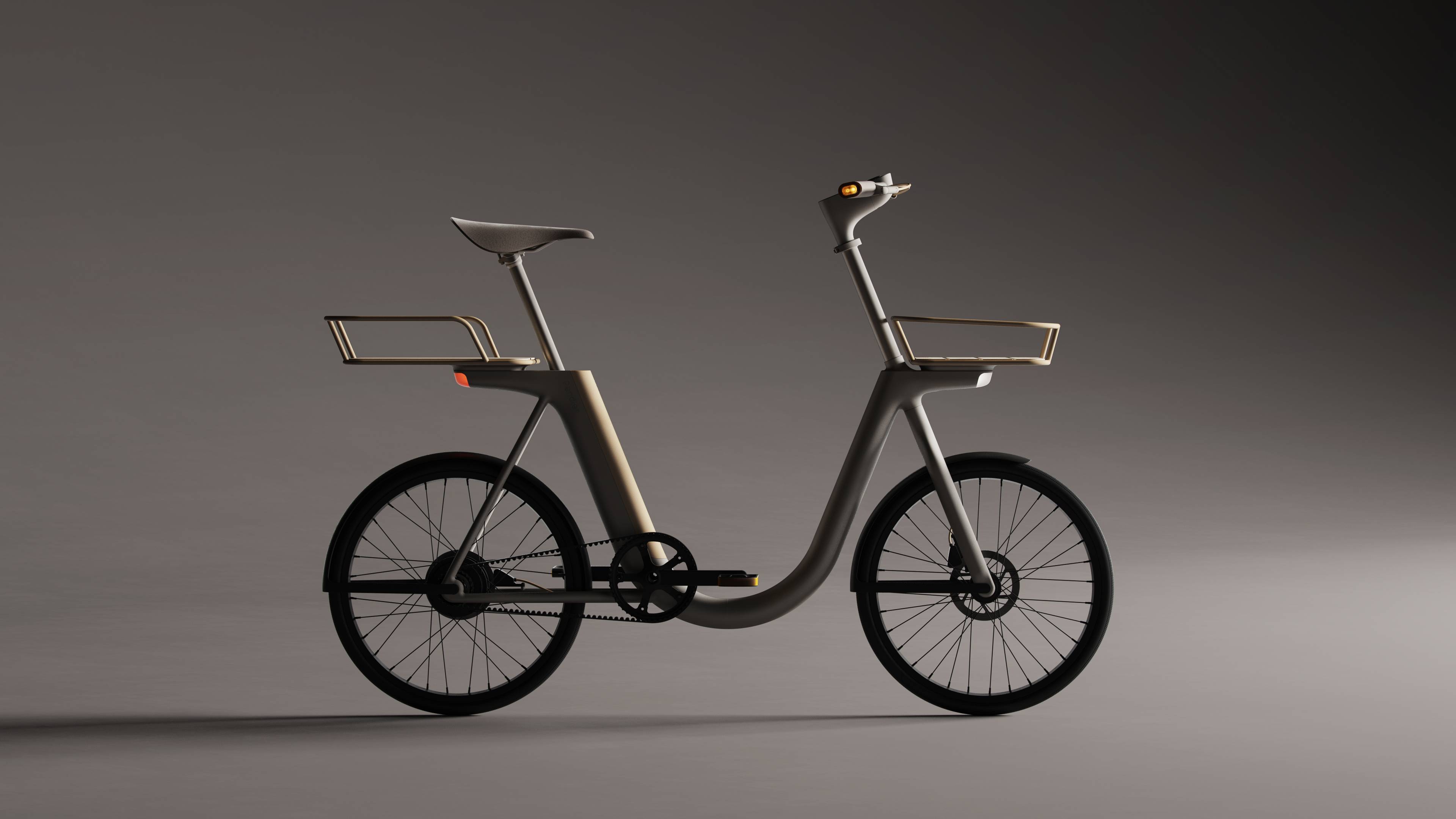
Although new e-bike start-ups are springing up on a monthly basis, the sector has already settled into a relatively consistent aesthetic, a bit smoother and chunkier than a conventional bike, with inspiration more likely to be drawn from mountain bikes than any other genre.
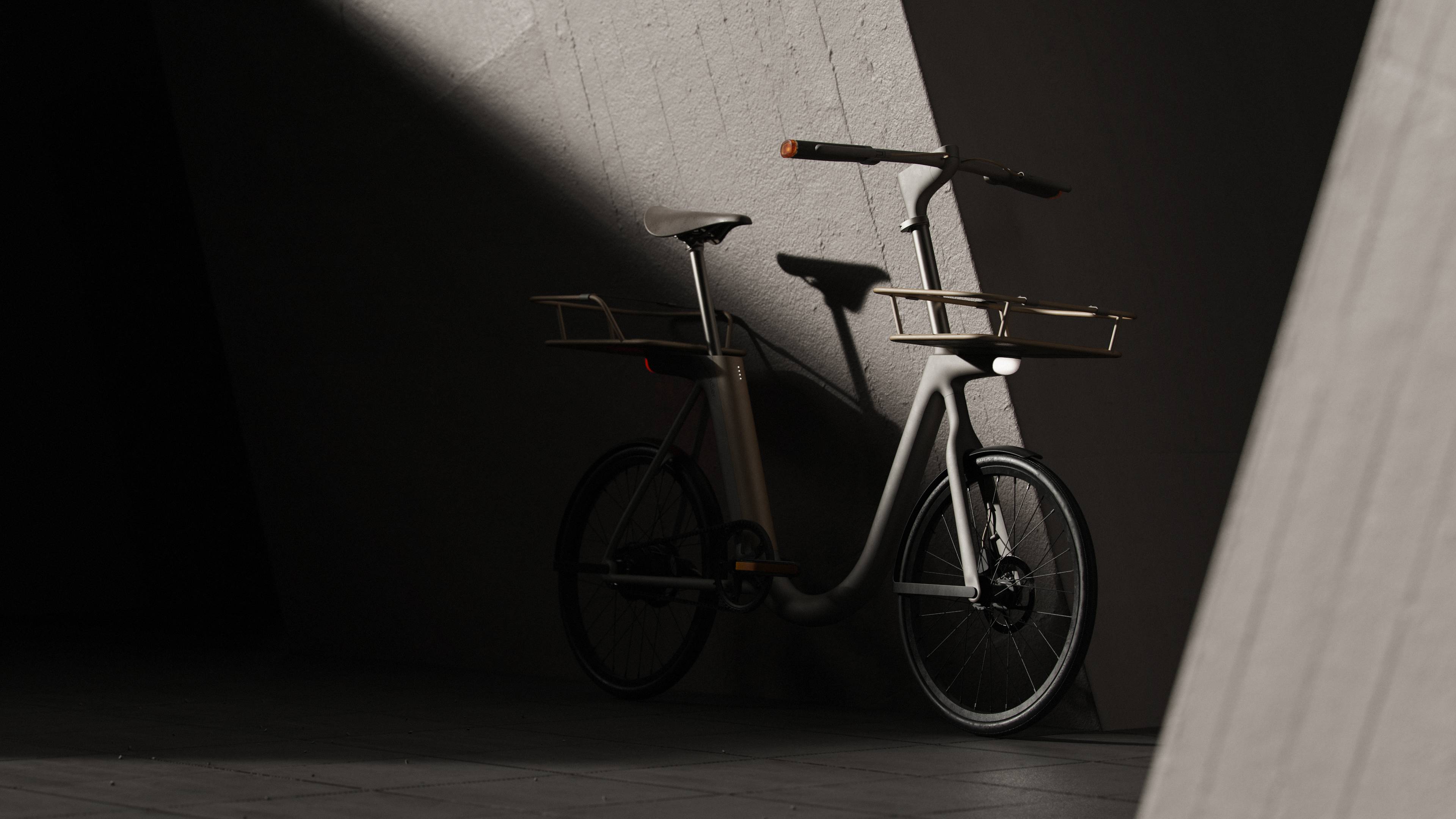
Layer, Benjamin Hubert’s London-based creative agency, has watched the market evolve with interest and frustration. As a riposte to the status quo, the studio has created Pendler, a conceptual urban e-bike pitched at commuters, meticulously designed and carefully shaped to be safer, more practical, and better performing that its rivals.
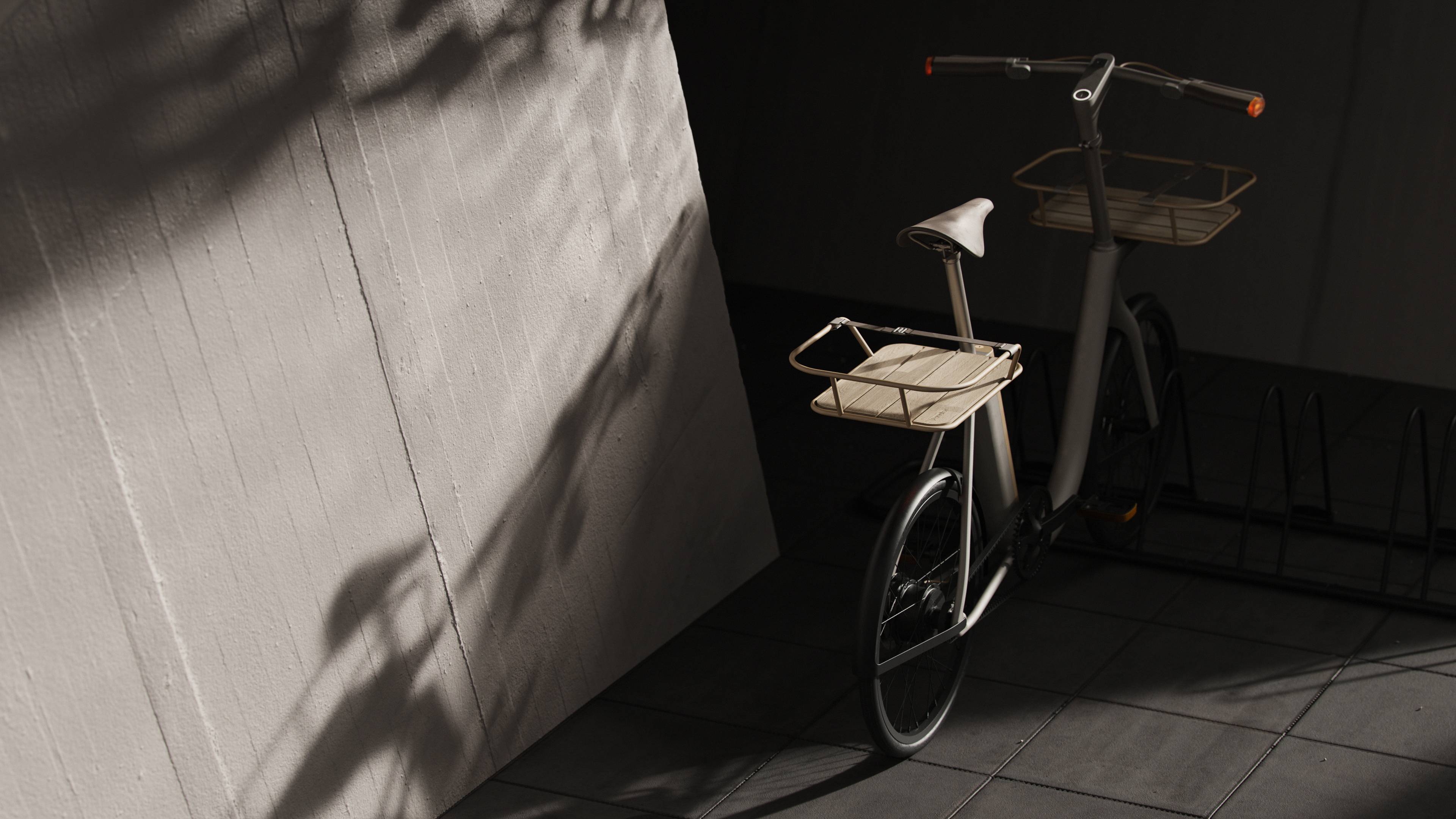
Pendler is named after the Danish word for commuting (pendling) and is an obvious acknowledgment of that country’s broad and inclusive cycling culture (according to Layer, nine out of ten Danes are bike owners).
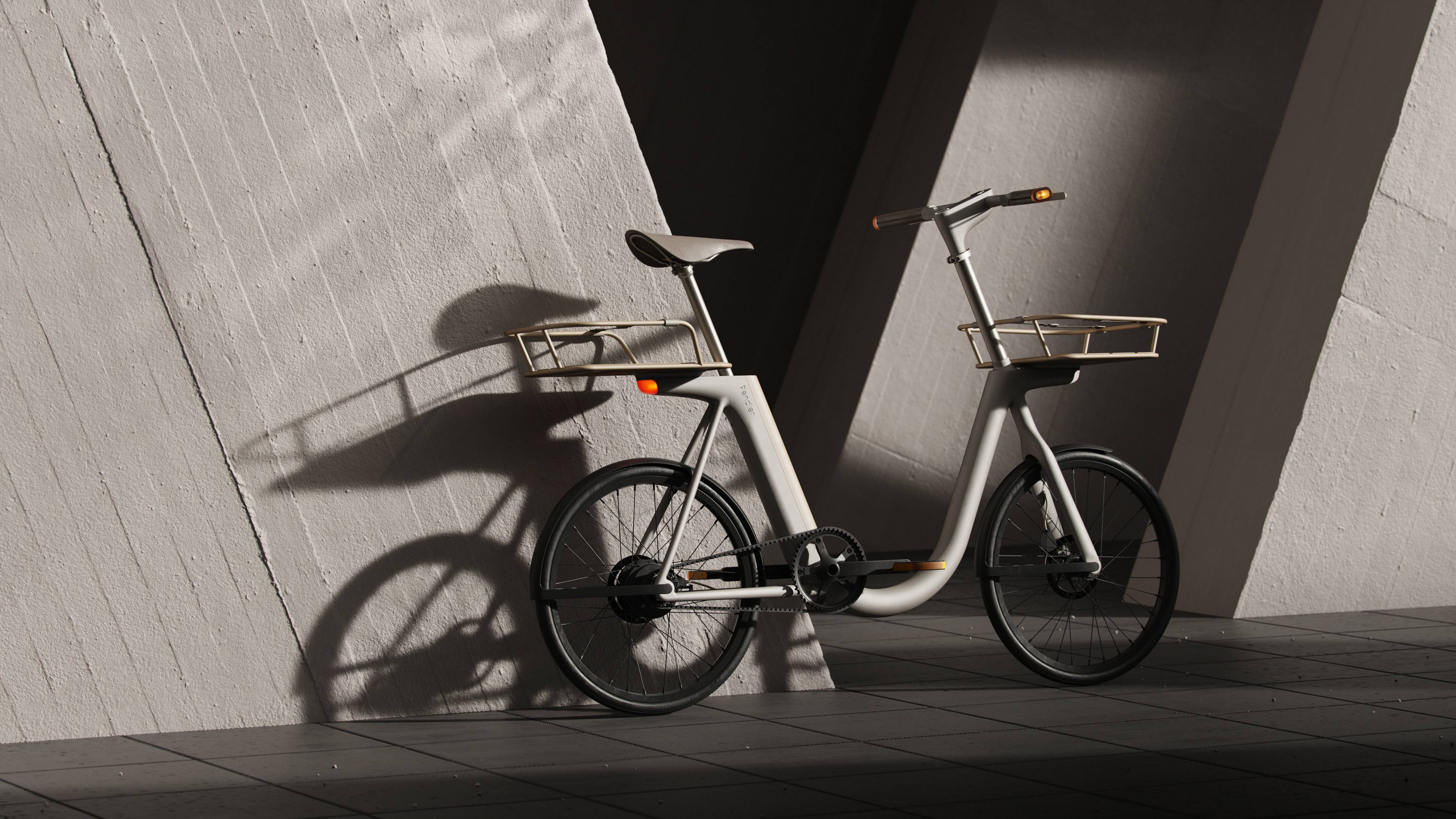
The concept design is based around a U-shaped frame, a thick structural element that gives the bike an instantly recognisable silhouette, as well as being very practical for the on-off nature of urban riding.
The studio notes that it’s also a ‘challenge to the conventional performance-driven language of e-bikes’. The frame includes integral lights, front and rear, while indicator lights are mounted on the handlebars.

Although Pendler’s steel frame doesn’t fold, it is still compact – with modest 20in wheels and folding pedals and handlebars to make apartment storage much more practical – as well as being easy to manoeuvre onto public transport where allowed.

Layer has emphasised practicality above all else, suggesting a collection of detachable accessories to improve Pendler’s day-to-day usability. These include front and rear basket attachments made from wire and timber, as well as a mobile phone dock for navigation.
Receive our daily digest of inspiration, escapism and design stories from around the world direct to your inbox.
Power comes from a compact 45Nm rear hub motor integrated into the frame, coupled to a removable 250Wh battery. Top speed is around 25km/h, as per current guidelines, and one charge should be good for around 70km.
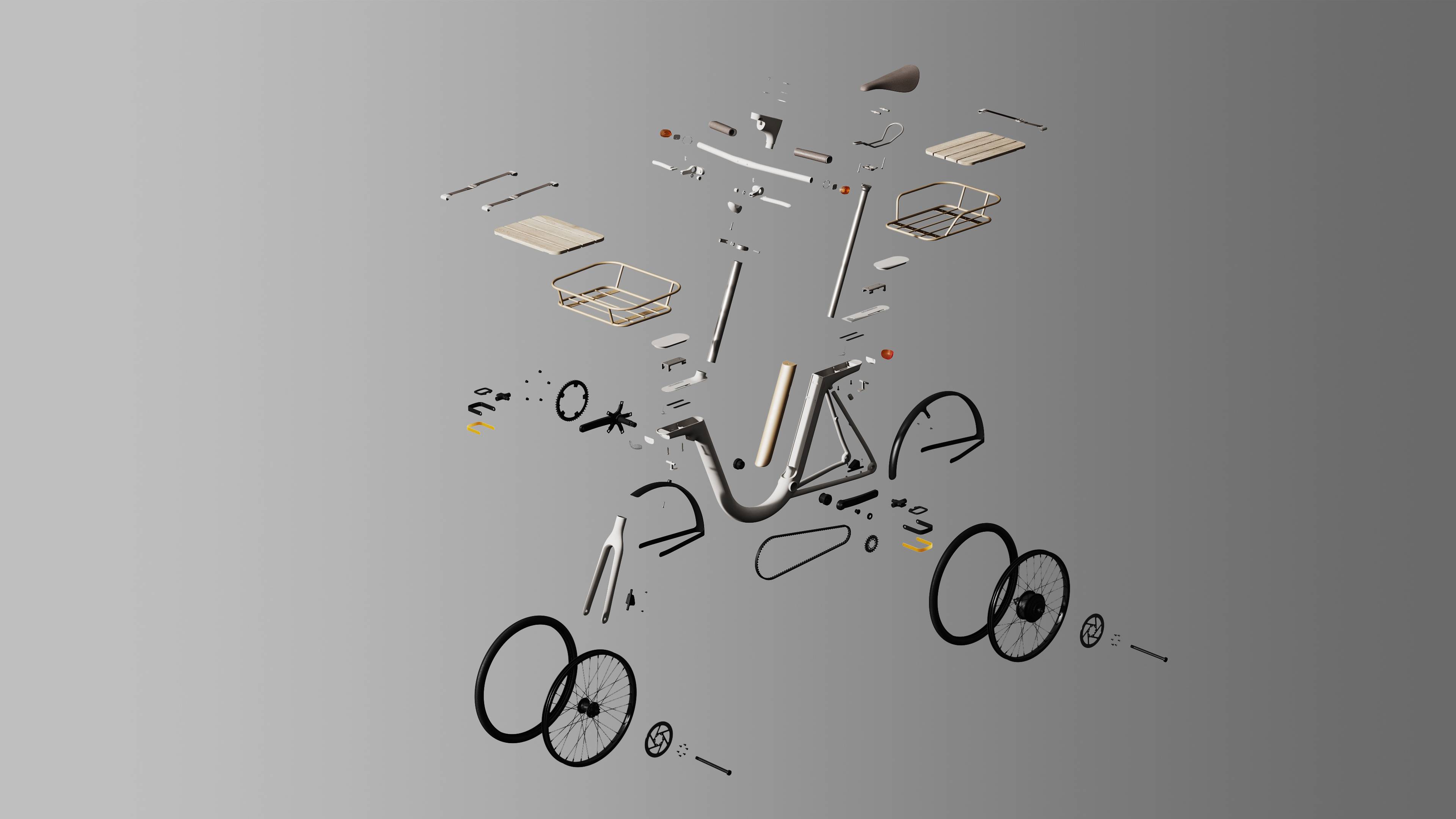
‘Our aim with Pendler was to envisage a safer, more convenient and effortless mode of personal transport to enable independence for commuting in the city,’ says Hubert. ‘The result is an intelligently designed e-bike that is inclusive, easy to store in compact urban spaces, and balances high performance with a desirable, crafted aesthetic.’
INFORMATION
Pendler Urban e-bike by Layer, concept only
Jonathan Bell has written for Wallpaper* magazine since 1999, covering everything from architecture and transport design to books, tech and graphic design. He is now the magazine’s Transport and Technology Editor. Jonathan has written and edited 15 books, including Concept Car Design, 21st Century House, and The New Modern House. He is also the host of Wallpaper’s first podcast.
-
 The beauty trends that will define 2026, from ultra-niche fragrances to anti-ageing dental care
The beauty trends that will define 2026, from ultra-niche fragrances to anti-ageing dental careAs we enter the new year, we speak to experts in fragrance, skincare, aesthetics, wellness and more about the trends that will be shaping the way we look
-
 The most stylish hotel debuts of 2025
The most stylish hotel debuts of 2025A Wallpaper* edit of this year’s defining hotel openings. Design-led stays to shape your next escape
-
 Neo-Gothic grandeur and decadent martinis await at Hawksmoor St Pancras
Neo-Gothic grandeur and decadent martinis await at Hawksmoor St PancrasThe dining room at the St Pancras London hotel has proved to be a revolving door for big-name chefs; now, it's Hawksmoor’s time to shine
